What is PVD? Understanding the Benefits of Physical Vapor Deposition Technology
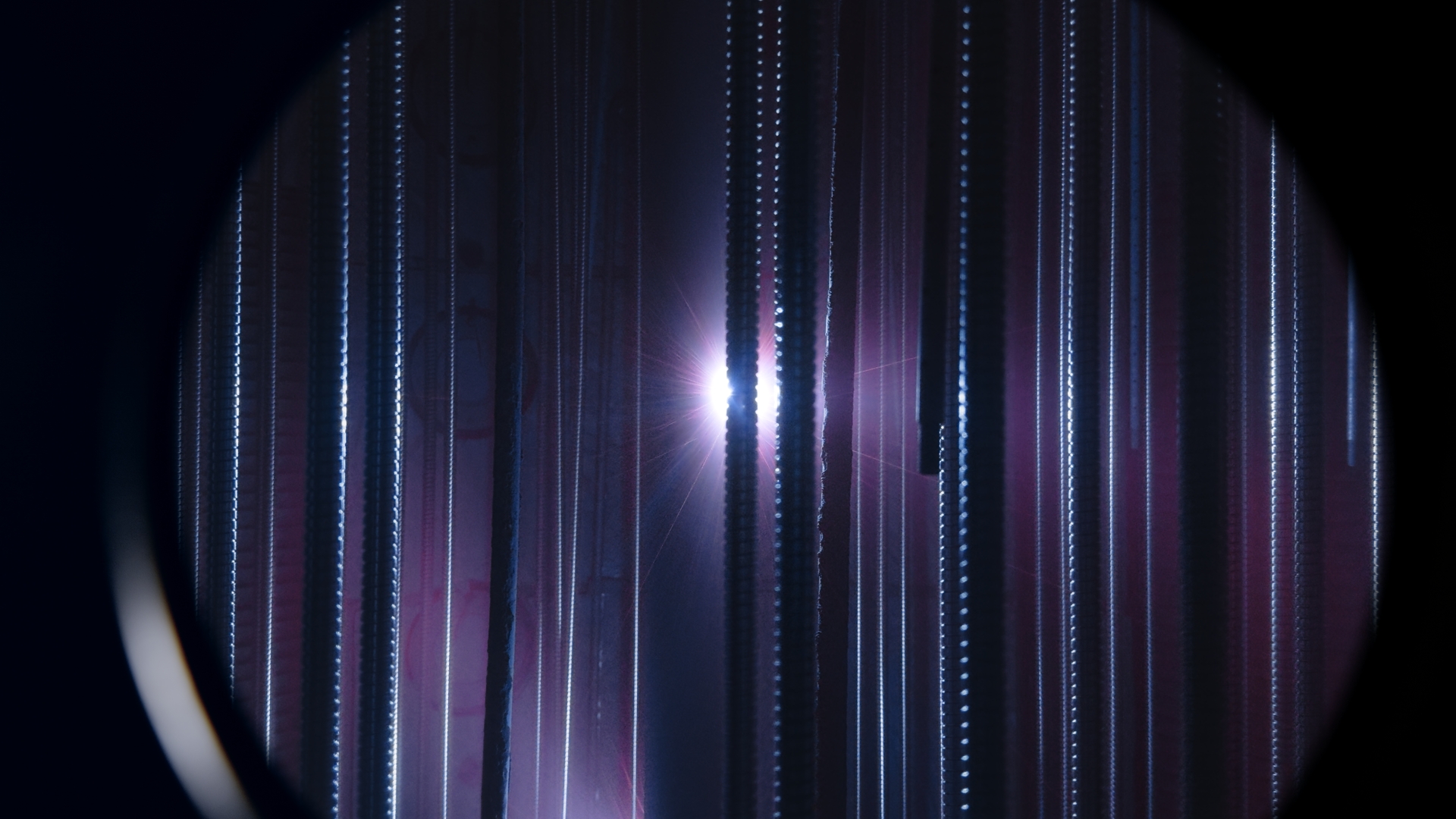
What is PVD Coating?
PVD, or Physical Vapor Deposition, is an advanced surface coating technique widely used across various industries to enhance both the appearance and durability of materials. It includes methods such as vacuum evaporation, vacuum sputtering, and vacuum ion plating, collectively known as PVD technology. PVD operates in a vacuum environment where thin films are deposited onto the surface of a substrate, providing a robust, protective, and decorative layer.
PVD is a dry, environmentally friendly process that guarantees zero pollution and atomic-level cleanliness, making it superior to traditional wet electroplating techniques. This cutting-edge technology is now adopted globally by advanced nations like the Netherlands, the United States, and Germany.
Different Types of PVD Coating Processes
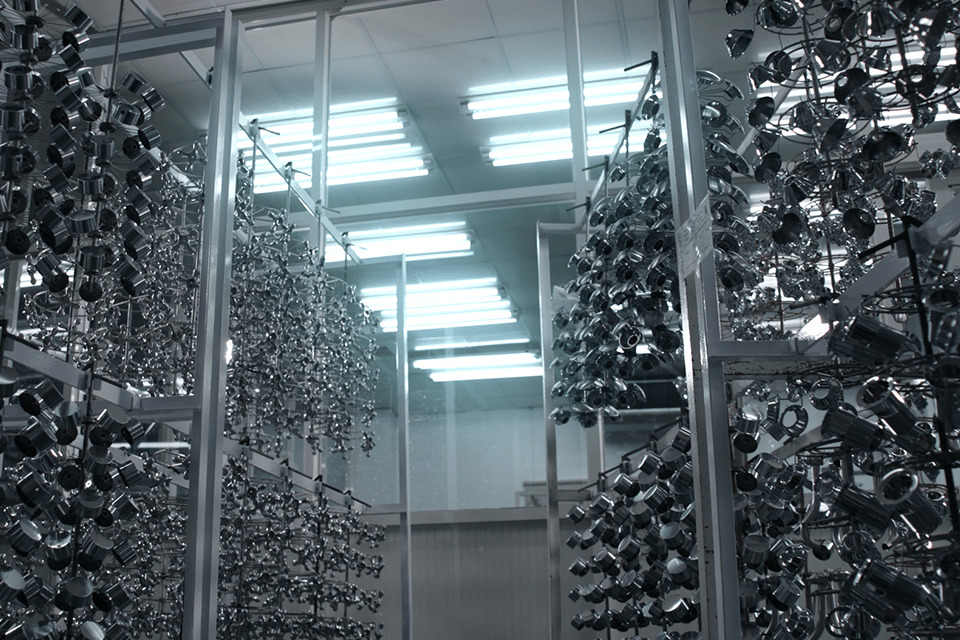
Evaporation Coating
This method involves evaporating metals or oxides and depositing them as a thin film on the substrate’s surface. It is a simple yet effective way to apply coatings.
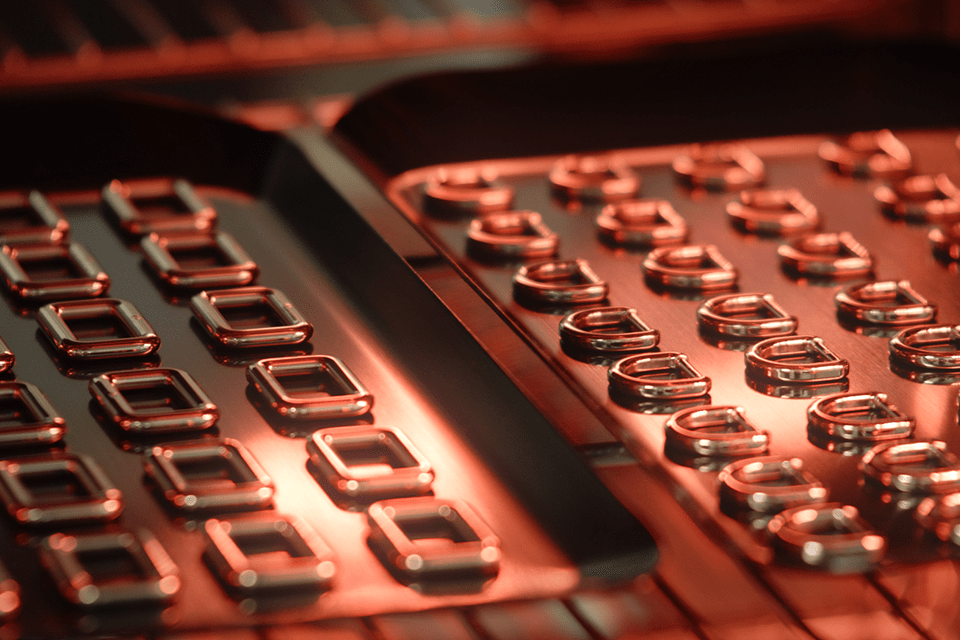
Sputtering Coating
Sputtering is a precise PVD technique where high-energy ions strike a solid target, causing atoms to eject and form a thin film on the surface of the workpiece. This method ensures excellent uniformity and high-quality coatings.

CVD (Chemical Vapor Deposition)
Unlike PVD, CVD is a chemical process used to create high-purity solid materials. It is a different coating technique with unique applications, although PVD is more widely used for surface treatments.
PVD Coating Principles
PVD (Physical Vapor Deposition) significantly improves electroplating quality while offering greater design flexibility and eco-friendly benefits. PVD sputtering technology enables precise control over the thickness and uniformity of the coating, making it ideal for creating high-end products with international-quality details and finishes.
The coating process includes several steps: pre-treatment, creating a vacuum environment, material evaporation, gas-phase transport, condensation, and post-treatment. During pre-treatment, the object is thoroughly cleaned to remove any contaminants, ensuring an optimal coating surface. The object is then placed into a vacuum chamber, where air is evacuated to create a high-vacuum environment. Metal materials are vaporized into a gaseous state and allowed to condense on the cool surface of the object, forming a thin, uniform metal film. Post-treatment ensures the quality of the coating, producing an aesthetically pleasing, durable finish.
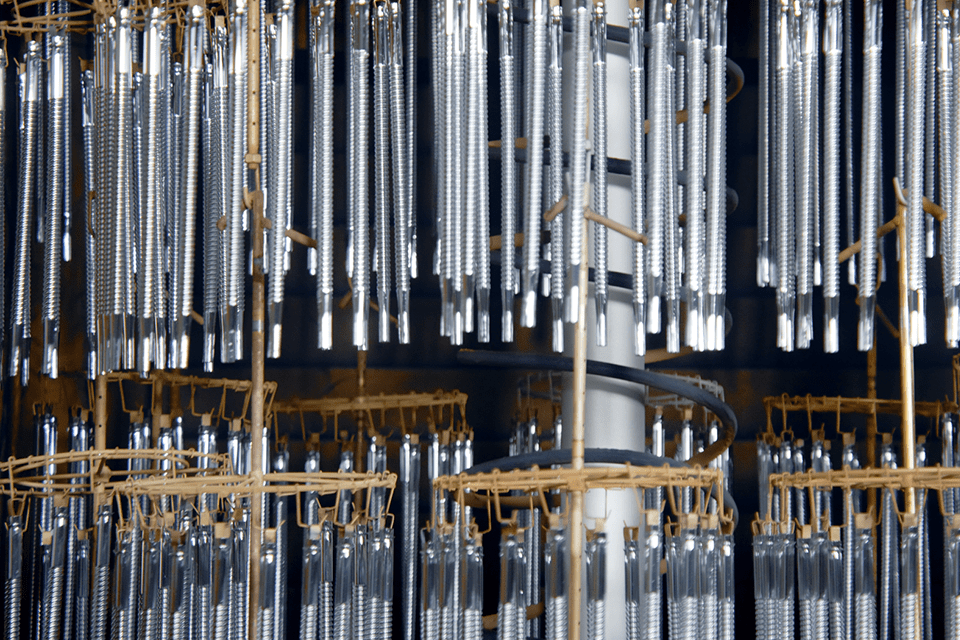
PVD Targets: Key Materials for High-Quality Coatings
Targets are crucial materials used in the sputtering process, typically made of high-purity compounds or metals, with a purity level of at least 99.99%. These targets are essential for achieving excellent coating results in PVD technology. During the deposition process, the target material is bombarded by electron beams, ion beams, or discharge ions, causing atoms to eject from the target and adhere to the substrate, forming a high-quality film.
The purity of the targets, along with precise control over the sputtering process, ensures high-quality coatings that are used in a wide range of high-precision products.
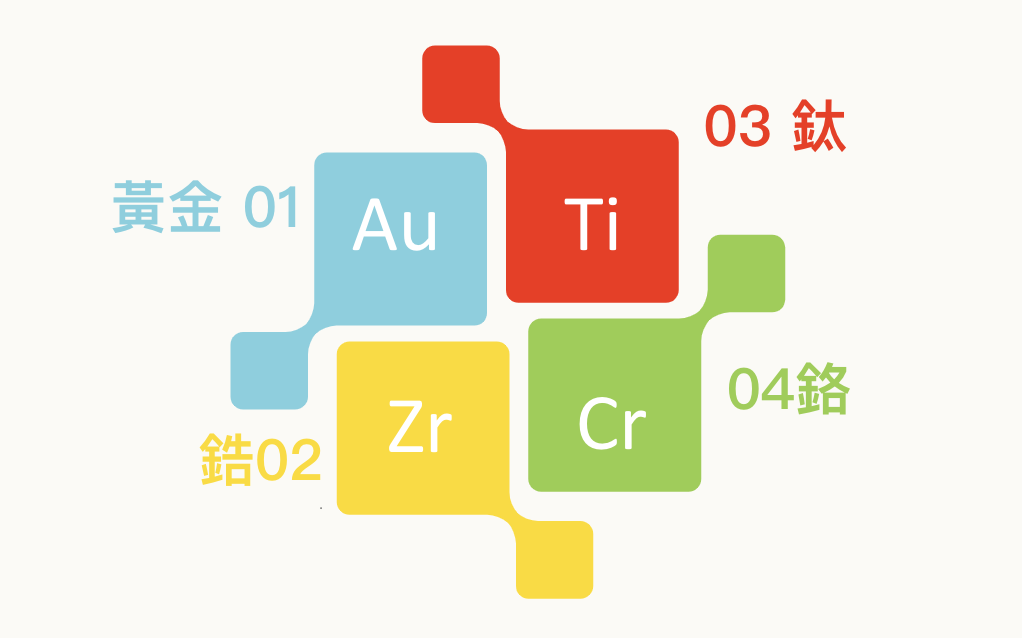
Advantages of PVD Coatings
PVD coating technology has become a preferred surface treatment method due to its many advantages. The coating thickness typically ranges from 0.3μm to 5μm, with decorative coatings generally falling between 0.3μm and 1μm. These thin films improve the physical and chemical properties of the substrate without affecting its original dimensions and require no post-coating processing. Key Benefits of PVD Coatings:
Exceptional Wear Resistance: PVD coatings are extremely durable, offering 50 times more wear resistance than gold and excellent scratch resistance. This makes them perfect for products that experience daily use. PVD coatings extend the lifespan of products by over three years and maintain superior color stability.
Aesthetic Appeal: PVD coatings provide high-precision finishes, allowing manufacturers to create products with gold, silver, or antique copper finishes. The coatings give items a premium, glossy, and uniform appearance, making them ideal for luxury goods such as watches, eyewear, jewelry, and high-end fasteners.
Enhanced Hardness: PVD coatings are dense and hard, offering surface hardness up to 10 times that of stainless steel. They also feature a smooth surface and low friction coefficient, ensuring excellent performance in various applications.
Corrosion Resistance: PVD coatings exhibit superior corrosion resistance, even in harsh environments like saltwater or acid exposure. They protect against sweat and water corrosion, offering excellent weather resistance and chemical stability, which extends the product's durability.
Eco-Friendly Process: Unlike traditional electroplating, PVD coating is virtually pollution-free. It does not release harmful chemicals, making it an environmentally responsible choice for modern manufacturing.
PVD coating technology offers a host of benefits, making it the ideal choice for industries that demand high-quality, durable, and visually appealing products. With its thin-film characteristics, exceptional wear resistance, long lifespan, premium appearance, superior hardness, and outstanding corrosion resistance, PVD is a game-changer in surface treatments. It enhances product performance while adding substantial value to brands.
As more industries adopt PVD technology, it continues to set the standard for premium surface treatments. Whether for luxury goods, automotive components, electronics, or medical devices, PVD is the optimal choice for achieving long-lasting, aesthetically pleasing finishes that stand the test of time.
Main Features of PVD Coating
| Feature | Description |
|---|---|
| Golden Hue | Provides a gold-like appearance (also available in silver-like and antique copper-like finishes). |
| High Hardness | Offers a surface microhardness that is 10 times higher than stainless steel, ensuring superior durability. |
| Corrosion Resistance | Exceptional resistance to corrosion; can withstand immersion in saltwater or hydrochloric acid for up to a day without rusting or fading. |
| Oxidation Resistance | Maintains its color even when heated up to 500°C in air, offering outstanding heat resistance. |
| High Thermal Conductivity | Boasts thermal conductivity 4 times greater than copper, making it ideal for heat dissipation. |
| Low Friction Resistance | Minimal heat generation during friction, enhancing performance in high-wear applications. |
| Wear Resistance | 50 times more wear-resistant than gold, providing long-lasting protection in demanding environments. |
| Strong Adhesion | Features superior adhesion that prevents peeling and fading, ensuring long-term surface integrity. |

